- Paper Title: Discovery of X-ray emission from young suns in the Small Magellanic Cloud
- Authors: L. M. Oskinova, W. Sun, C. J. Evans, V. Hénault-Brunet, Y.-H. Chu, J. S. Gallagher III, M. A. Guerrero, R. A. Gruendl, M. Güdel, S. Silich, Y. Chen, Y. Nazé, R. Hainich, J. Reyes-Iturbide
- First Author’s Affiliation: Institute for Physics and Astronomy, University Potsdam, Germany
- Journal: ApJ (accepted)
This paper presents the first study of the X-ray behavior of young stars in the Small Magellanic Cloud (SMC), a satellite of our own Milky Way. The X-ray data which made the investigation possible were obtained using the Chandra X-ray observatory, whose sensitivity allowed the detection of the X-ray emission from low- and solar mass stars in an environment which is very different from our Galactic neighborhood.
Context
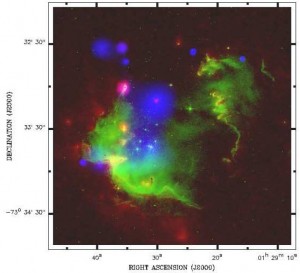
Figure 1 (from Oskinova et al 2013). Color-composite image of the stellar cluster NGC 602a, constructed combining infrared observations with Spitzer (red), optical observations with HST– ACS (green), and X-ray Chandra data (adaptively smoothed, in blue).
Method
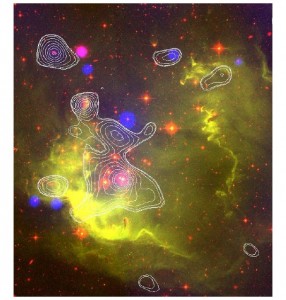
Figure 2 (from Oskinova et al 2013). Color-composite image of NGC 602a. This time, optical HST images are in red (F814W filter) and green (F658N filter), while Chandra data, with X-ray point sources removed and adaptively smoothed, are in blue. The contours trace the diffuse X-ray emission.
The authors combined the Chandra data at X-ray wavelengths with the existing optical and infrared data. These new X-ray observations are shown in blue in Figure 1.
The high angular resolution of Chandra allowed the authors to separate the X-ray emission from point sources located in the core of NGC 602a from extended, diffuse emission spanning a few large areas: one centered in the core of NGC 602a, one coincident with a subcluster of young stellar objects, and finally one corresponding to a background spiral galaxy. Such regions of diffuse X-ray emission were found by inspecting the adaptively-smoothed X-ray images after subtraction of the (nine) bright point sources, making use of two criteria: 1) X-ray emission stays above background fluctuations; 2) the radial profile of the region is larger than the PSF. The contours shown in Figure 2 are obtained by checking the first criterion at 3σ confidence.
Once the nine point sources revealed by the Chandra observations are overlaid on top of the optical HST image, it can be seen that they are a few background AGNs and galaxies, some binary O-type stars, a B-type star, a Young Stellar Object, and even a quasar at redshift 2.4. Only one point source lacks a convincing optical counterpart.
Results
First, the authors discuss whether the extended emission in the sub-cluster in the core of NGC 602 could be accounted for by an unresolved/undetected population of high-mass stars, but they rule out this possibility on the basis of the census of massive stars obtained via optical and infrared images. According to their study, a cluster wind or wind-blown bubble is unlikely to be the cause of the diffuse X-ray emission detected from the central region of the cluster.
Second, the analysis of the HII region located at “the tip of the elephant trunk”, close to one of the subclusters where diffuse X-ray emission is detected, reveals that the gas is in a nearly quiescient state, suggesting that there has not yet been a supernova explosion in the cluster.
Assuming that in low-metallicity environment like NGC 602a the properties of young stars – and in particular their X-ray activity – are comparable to their well-studied Galactic counterparts, the authors suggest that the extended X-ray emission at the cluster core arises from a population of low- and solar-mass pre-main sequence stars and young stellar objects, each of which is too weak in X-rays to be detected individually. This seems to say that the world is the same wherever you go, since the accretion and magnetic dynamo processes in young, low-mass objects in this satellite of the Milky Way closely resemble those of the Galaxy.

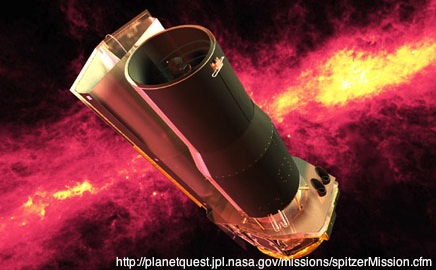
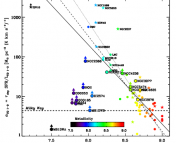
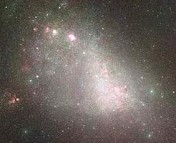
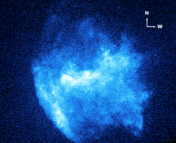
Trackbacks/Pingbacks